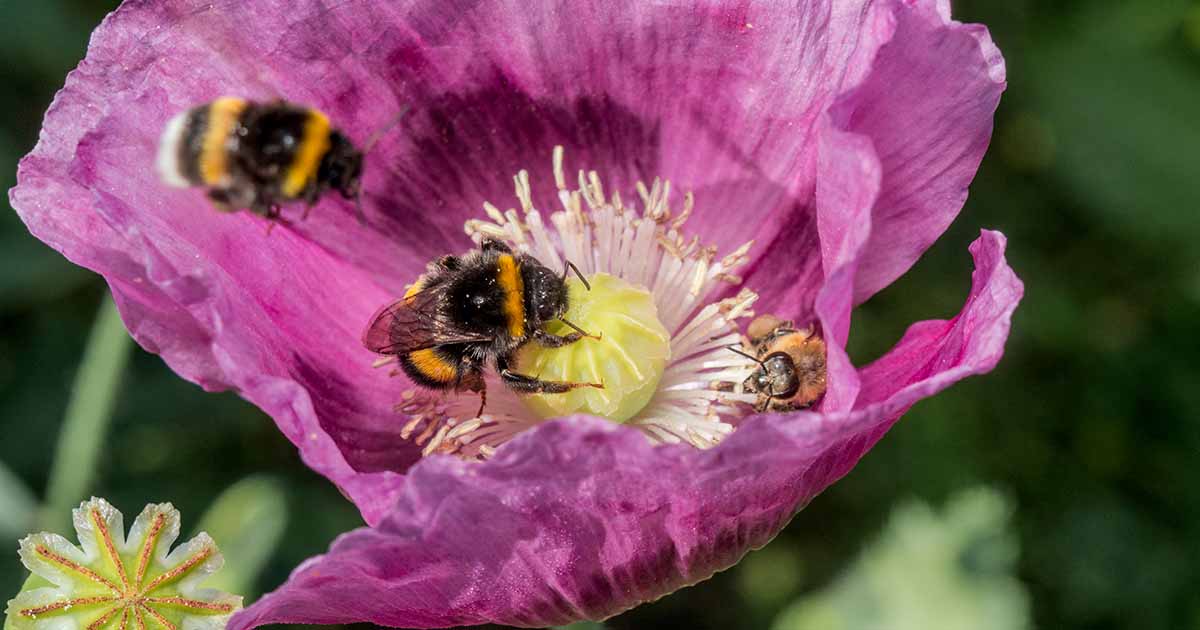Canna lilies are easy to grow perennials that are often treated as annuals in cooler zones. They’re the only genus in the Cannaceae family and were initially tropical plants that have become adapted to temperate regions.
These beautiful plants produce lovely blooms in various shades, depending on which of the ten species (or countless cultivars) you’re growing.
But regardless of whether you’re growing Cannas as annuals or perennials, you’ll have to dig them up occasionally – either to divide or for overwintering indoors.
When this happens, replanting is a little more complicated (but not by much) than simply shoving some bulbs into the ground if you want the best results.
How And When To Plant Canna Bulbs
You’ll ideally want to plant your cannas in the spring once the danger of frost has passed.
Preparing the soil and planting at the proper angles will help ensure the hardiest blooming period.
Do Cannas Have Rhizomes Or Bulbs?
Before we go any further, the elephant in the room must be addressed. Although the term “canna bulb” is widespread, canna lilies are rhizomatous plants. Why is this important, you might be asking.
Well, rhizomes and bulbs have different internal structures and need to be planted at different orientations, and are even divided differently.
We won’t be discussing canna division here, but orientation is undoubtedly essential if you want your canvas to come up properly.
Another important distinction is the internal structure, which will affect what to look for when doing inspections.
The easiest way to describe rhizomes vs. bulbs is to compare potatoes or ginger and onions. A rhizome looks like ginger on the outside, with thick, branching structures that can be separated by simply breaking them apart.
The inside looks like a potato, white and starchy, and the outside has eyes similar to potatoes.
Meanwhile, bulbs have a bit of a teardrop shape, with growth sprouting from the top.
When you cut into a bulb, you’ll find it has layers like an onion, and the bulbs often have an outer rind similar to onions and chives.
We encourage you to use the proper terminology since it can eliminate many common problems that arise from forgetting which root system you’re working with (but also know old habits can die hard).
Best Time To Plant
Cannas aren’t big fans of frost, so you’ll want to wait until the danger has passed. There are two different schools of thought on planting cannas; both are correct.
If you want your cannas to bloom a little earlier, you can plant them indoors in pots up to a month before the last predicted frost. This gives them a head start while you wait for the proper outdoor planting time to arrive.
The other method is to wait until the final frost has passed, then plant directly into the ground. This method will still produce healthy blooms, but you may have o wait a little longer to see those beautiful flowers.
You can plant cannas directly in the ground in early spring if you live in a frost-free zone. This is good if you’ve just purchased your canna rhizomes or are dividing them this year.
Examine Your Rhizomes
Whether you’re in the process of dividing the rhizomes or are storing them over the winter, you’ll want to have a look before planting to ensure they’re still healthy.
Check for any dark or mushy spots that indicate an infection and wither curb these (for more extensive rhizomes) or discard the rhizome.
When you break a rhizome, it should be white on the inside.
Each rhizome should have at least 2 to 3 eyes.
Finally, you can soak the rhizomes in 1 part bleach to 9 to 10 parts water for half an hour, then air dry for a day or so to ensure they’re free of fungal spores or bacteria.
Early Potting
When potting a canna rhizome early, you’ll need a pot and some organically-rich, well-draining potting soil.
Some Miracle-Gro or a similarly high-quality mix for African violets with a bit of added perlite can work wonders for most plants, including canna lilies.
You will likely only need to water the pot once or twice after planting.
Use the soak-and-dry method to ensure the soil is consistently moist but not wet.
Preparing The Soil
Pick a nice, sunny spot for planting the cannas and dig about 4” to 6” inches down to loosen the soil.
You’ll want to space dwarf cannas 1’ foot apart and taller varieties 2’ feet apart.
Mix some peat or sphagnum moss (the former increases acidity slightly while the latter is more neutral) or organic compost into the soil.
If you plan to test the soil, a 6.5 to 7.0 pH is perfect for most plants, including cannas.
You may also wish to add a layer of coarse sand at the bottom of the hole to create a buffer in rainy areas and/or mix some perlite or coarse sand directly into the soil to improve drainage.
Planting the Rhizome
You will want to lay the rhizome horizontally on the ground with the eyes facing upwards.
Cover the rhizome with 3” to 6” inches of soil, then water the spot to help the soil settle.
For rhizomes that have been given a head-start, plant them to the same depth they were in the container.
You may choose to make the topmost layer 1” inch of mulch to add extra insulation, although this isn’t necessary for warmer zones.











